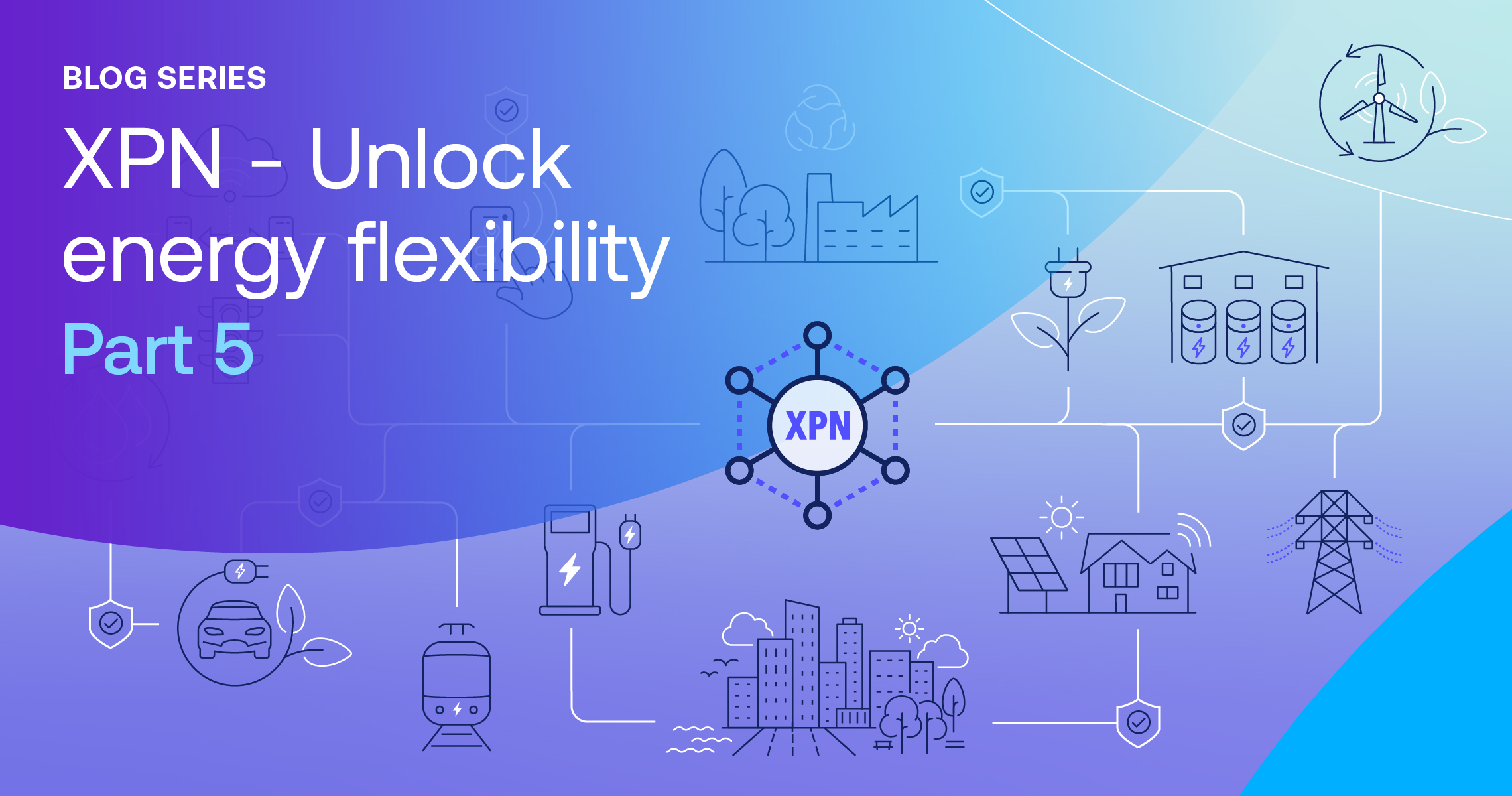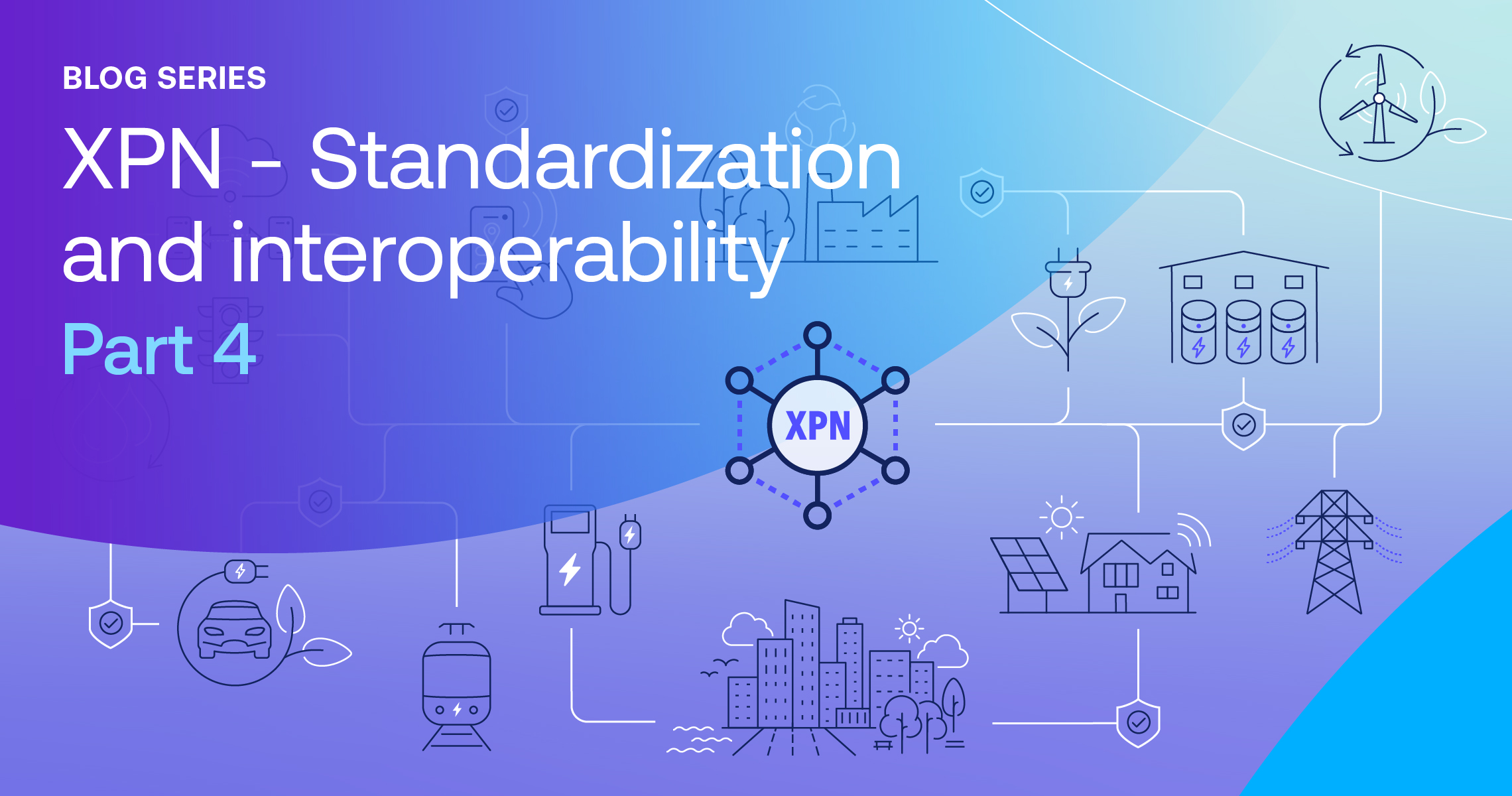Even if data really isn’t the new oil, some elements of the analogy are certainly true. Data can be extremely valuable, but not in its raw state, and a major leak is a disaster for both the public and the reputation of the organization involved. As such, finding the line between maximizing the benefits of data and reducing the risks involved with handling it has become a core concern for app developers.
Ultimately, organizations want to create apps that fuel superior business intelligence and create better user experiences. However, they also have to ensure that more data doesn’t translate to more problems in terms of security and speed of data analysis. For those building data-intensive applications, there are several development challenges to overcome, such as:
- User experience: Data is important, but building an app that customers don’t want to engage with or that is too slow will impede data collection efforts.
- Business intelligence: Real-time data from applications can give organizations significant insight into their customer’s needs and how to improve their operations. However, this can only happen if the large amounts of data being ingested can be analyzed quickly.
- Collecting the right data: When building data-intensive applications, it is tempting to adopt a “collect it all, sort it later” attitude. This can result in slower analytics times and significantly higher expenses, as organizations will be paying to store data that isn’t actually needed.
- Application security: Due to the relative lack of hardware security support on mobile devices, among other factors, apps are a target for hackers. Security needs to be a primary concern when building apps due to the target value for attackers and the costs of breaches for app publishers.
- Regulatory compliance: Globally, compliance standards, such as the EU’s GDPR and the Californian CCPA, mean that organizations building data-intensive applications need to adhere to strict collection and processing regulations to avoid fines.
In this blog, we’ll look at how app developers can build data-intensive applications that deliver reliability, scalability, and maintainability while overcoming the issues created by data management.
Five tips for building data-intensive applications
Consider ALL factors when choosing storage
Cloud-based, on-site, or hybrid data storage are all good options when building data-intensive applications. But, there are many factors to consider when choosing what’s right for your organization. Cloud-based storage, such as AWS or Azure, is generally considered faster and exponentially scalable. But, without proper data management, you can end up storing and paying for vast data swamps that never get analyzed, which can considerably slow down your whole data function. On-site storage is often criticized for its problems with transferring and loading data for analysis, yet can prove more sustainable from an organizational and TCO perspective.
However, a virtualized data layer provides an easy interface that allows all data, wherever it’s held, to be accessed and queried when needed. This means that organizations can choose cheaper and scalable storage options without losing data operations functionality.
Center the user experience
More and better data can mean understanding what consumers are looking for and pivoting to meet those needs. Still, building data-intensive applications can sometimes go too far in terms of what is being collected, sent, and received. These factors can hurt user experience, resulting in an app that is used less, which is counterintuitive to extracting data from apps.
Creating a reliable and user-centered application that focuses on collecting the right data rather than just a lot of data can deliver on its business purpose and meet user needs.
Design architecture for the future
A perfect data function would see real-time data ingested, immediately analyzed, and transformed into business intelligence that is then delivered to the departments that need it most. This is only achievable when the underlying data architecture has been built to quickly deliver the right data, in the right structure and format, directly where it will be analyzed. Most data architecture will naturally start out this way, but as organizations scale or data lakes grow into data swamps, maintenance becomes an issue.
Building data-intensive applications needs to fit into a future-proofed data architecture that accounts for ever-larger data collection and analysis without becoming problematically constrained.
Make access management a development cornerstone
Sharing data between internal departments and employees or external collaborators introduces significant risks in terms of data breaches and IP theft. Improper access management creates organizational risks, with breaches resulting in damaged consumer confidence, lost sales, and potentially significant fines. Gaining improper access is also one of the biggest security flaws that hackers abuse to steal application data.
When building data-intensive applications, fine-grained access management systems must be built in from the outset of the development process. This ensures that data collected, sent, and received can be controlled and only shared with those authorized to access it.
Keep regulatory compliance in mind
With increasing scrutiny of how organizations use data, state, national, and supranational governments have introduced strict legislation on who can collect data and what they can do with it. This means that, depending on the jurisdiction, data-intensive apps may need full approval from users for data collected and may also request full access to and deletion of data held about them.
To avoid regulatory reprimand and large fines (the largest of which under the GDPR can be up to 2% of global revenue or 10 million euros), app data needs to be clearly labeled and structured. This allows for full audit access and ensures the security of all data processing, including that performed by third parties.
A solution for data speed, security, and collaboration
Building data-intensive applications that function as intended and without introducing security or regulatory risks is a significant challenge for developers. Intertrust, however, has built a solution for all of these issues through its data platform.
By building a virtualized, format-agnostic, interoperability layer, Intertrust Platform enables data owners to bring together data for querying without delays in loading or the need for expensive data storage options. This also means that analytics is easily scalable, regardless of how much data is collected. Intertrust Platform also improves security and ensures regulatory compliance around data usage by allowing for fine-grained, row-level access management to ensure that collaborators on data sheets can only see and do what they are authorized. This extra control allows for greater collaboration with third-party analytics, improving the speed and quality of the business intelligence delivered.
To find out more about how Intertrust Platform helps ensure security, scalability, and reliability while building data-intensive applications, reach out to our team.
About Abhishek Prabhakar
Abhishek Prabhakar is a Senior Manager ( Marketing Strategy and Product Planning ) at Intertrust Technologies Corporation, and is primarily involved in the global product marketing and planning function for The Intertrust Platform. He has extensive experience in the field of new age enterprise transformation technologies and is actively involved in market research and strategic partnerships in the field.




